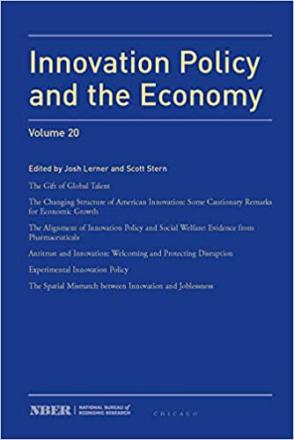The Spatial Mismatch between Innovation and Joblessness

You may be able to download this chapter for free via the Document Object Identifier.
American technological creativity is geographically concentrated in areas that are generally distant from the country’s most persistent pockets of joblessness. Should innovation policy attempt to engender more innovation in distressed areas? Without any spatial reallocation, the primarily inventive parts of innovation policy, such as NIH grants, can potentially aid underperforming areas through health improvements that reduce the share of people on Disability Insurance, for example. Since research funding is presumably already designed to maximize knowledge production, spatial reallocation may come at a considerable cost. The educational aspects of innovation policy, such as Pell Grants, work-study, vocational training, and federal overhead reimbursement on grants, can better reflect regional realities and do more to encourage employment in distressed areas. Lifting the cap on H-1B visas in poorer places can also enhance local human capital. Finally, there is particular scope for geographically targeted entrepreneurship policy, such as eliminating the barriers to new business formation near universities and in distressed places. Spatially targeted employment subsidies can also encourage more labor-intensive innovation in depressed areas.


